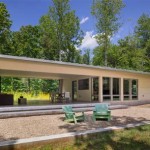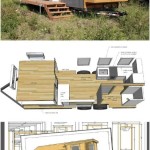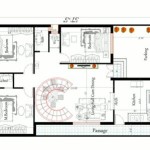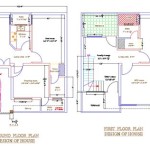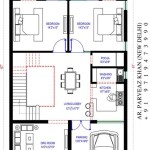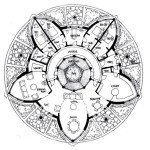1900 House Floor Plans: Essential Aspects
1900 was a period of significant architectural innovation, and the floor plans of houses built during this era reflect this. These homes often featured open and spacious layouts, as well as a variety of new and unique features. If you're interested in learning more about 1900 house floor plans, read on for an in-depth look at some of the most essential aspects.
Open and Spacious Layouts
One of the most striking features of 1900 house floor plans is their open and spacious layouts. This was a departure from the more traditional Victorian homes, which often featured a series of small, closed-off rooms. The open floor plans of 1900 homes allowed for a greater sense of flow and movement, and they also made it easier to entertain guests. This shift in architectural style reflects the influence of Arts and Crafts ideals, and a desire to use interior space more efficiently.
Central Hallways
Many 1900 house floor plans feature a central hallway that runs through the middle of the house. This hallway often separates the public rooms from the private rooms, which is a common design feature of American houses today.
Formal Dining Rooms
Formal dining rooms were a common feature of 1900 house floor plans. These rooms were typically located near the front of the house and were used for special occasions. Formal dining rooms often featured elaborate moldings and other decorative details. In homes built later in this timeframe, built-in cabinets and buffets were also incorporated into the dining rooms.
Eat-in Kitchens
Eat-in kitchens became increasingly popular in 1900 house floor plans. These kitchens were typically located at the back of the house and featured a small dining area. Eat-in kitchens were a convenient way for families to gather for meals, and they also helped to save space in the formal dining room.
Mudrooms
Mudrooms were another common feature of 1900 house floor plans. These rooms were typically located near the back door and were used for storing coats, shoes, and other outdoor gear. Mudrooms helped to keep the rest of the house clean and tidy, and they also provided a convenient place for family members to change their clothes after coming in from outside.
Multiple Bedrooms
1900 house floor plans typically featured multiple bedrooms. These bedrooms were often located on the second floor of the house, and they were typically smaller than the bedrooms in modern homes. Multiple bedrooms allowed for growing families, and also provided space for guests or servants.

1900 House Design 2 Or 3 Bedroom Similar To Angela S Family Home Featured In Safe Keeping Vintage Plans Cement Small Floor

210 Vintage House Plans 1900s Ideas

210 Vintage House Plans 1900s Ideas

1900s Farmhouse Plans Victorian House Floor

1908 William A Radford Plan No 7054 Queen Anne Free Classic Victorian House Plans

Old Vintage Bungalow House Plan Early 1900 S How To Build Plans

American Bungalow Plan Ca 1900 Figure 2 British Terraced House Scientific Diagram

The Virtual Builder Vintage House Plans Mediterranean How To Plan

Craftsman With 1900 S Flair 72103da Architectural Designs House Plans

Victorian House Floor Plans

